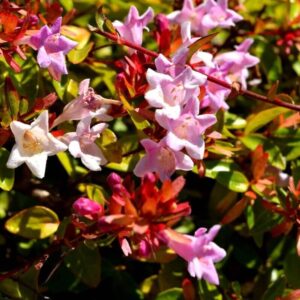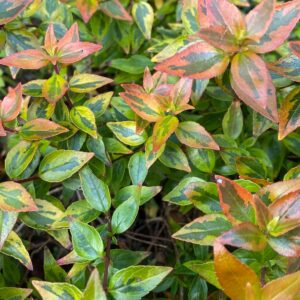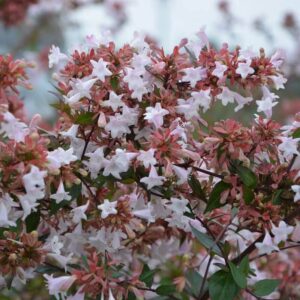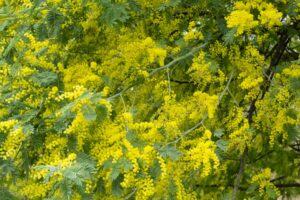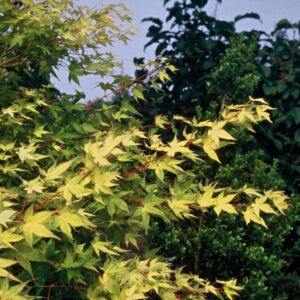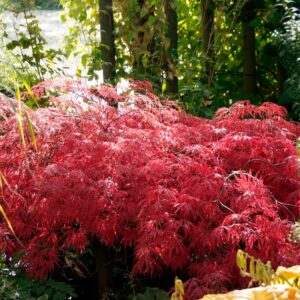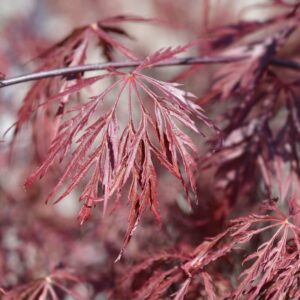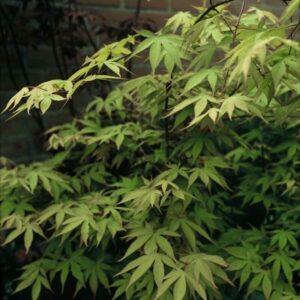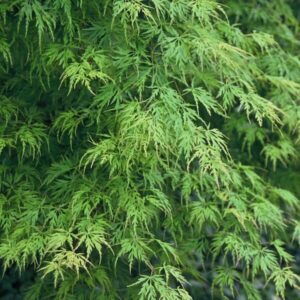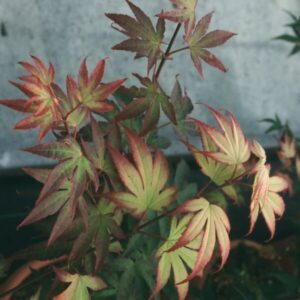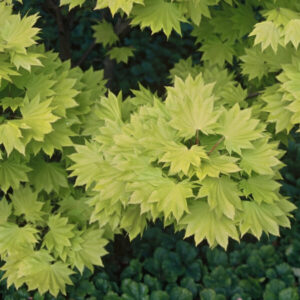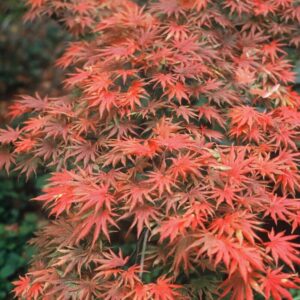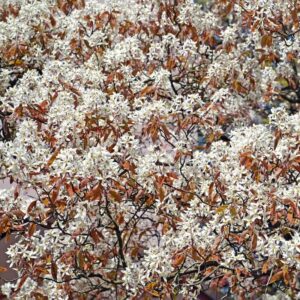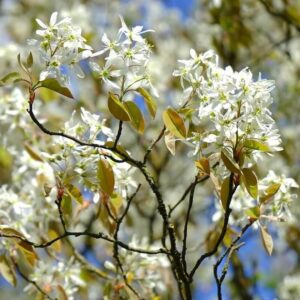The Ultimate Guide to Shrubs for UK Gardens
Welcome to our guide on shrubs, the backbone of any garden. Whether looking for year-round structure, vibrant seasonal colour, or wildlife-friendly foliage, shrubs are a versatile addition to any outdoor space. From hardy evergreens to flowering varieties, a shrub suits every garden style and size. This section will explore the best shrubs for UK gardens, how to plant and care for them, and tips on pruning and maintenance to keep them thriving. Whether you’re a seasoned gardener or starting, you’ll find plenty of inspiration and advice to create a stunning, shrub-filled garden.
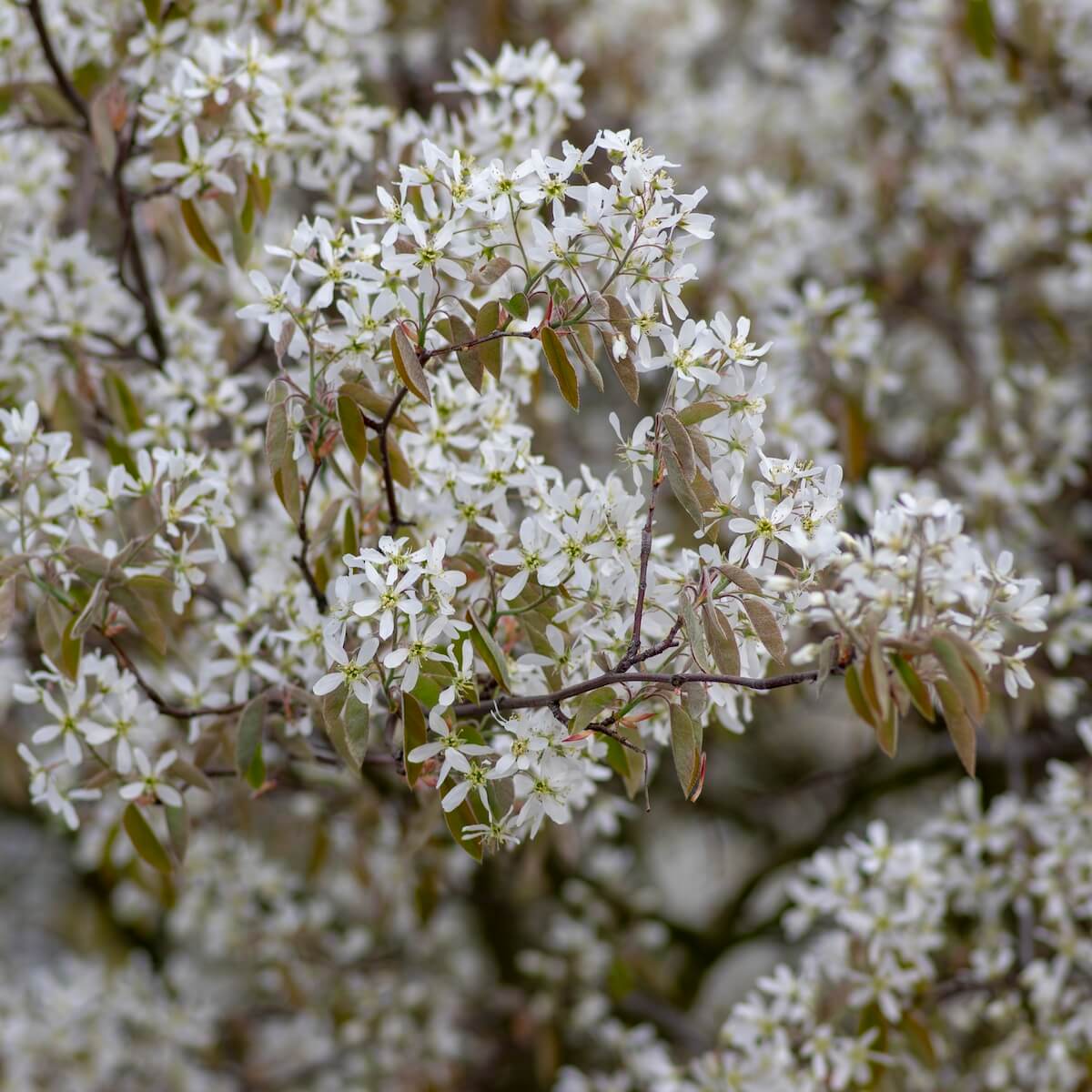
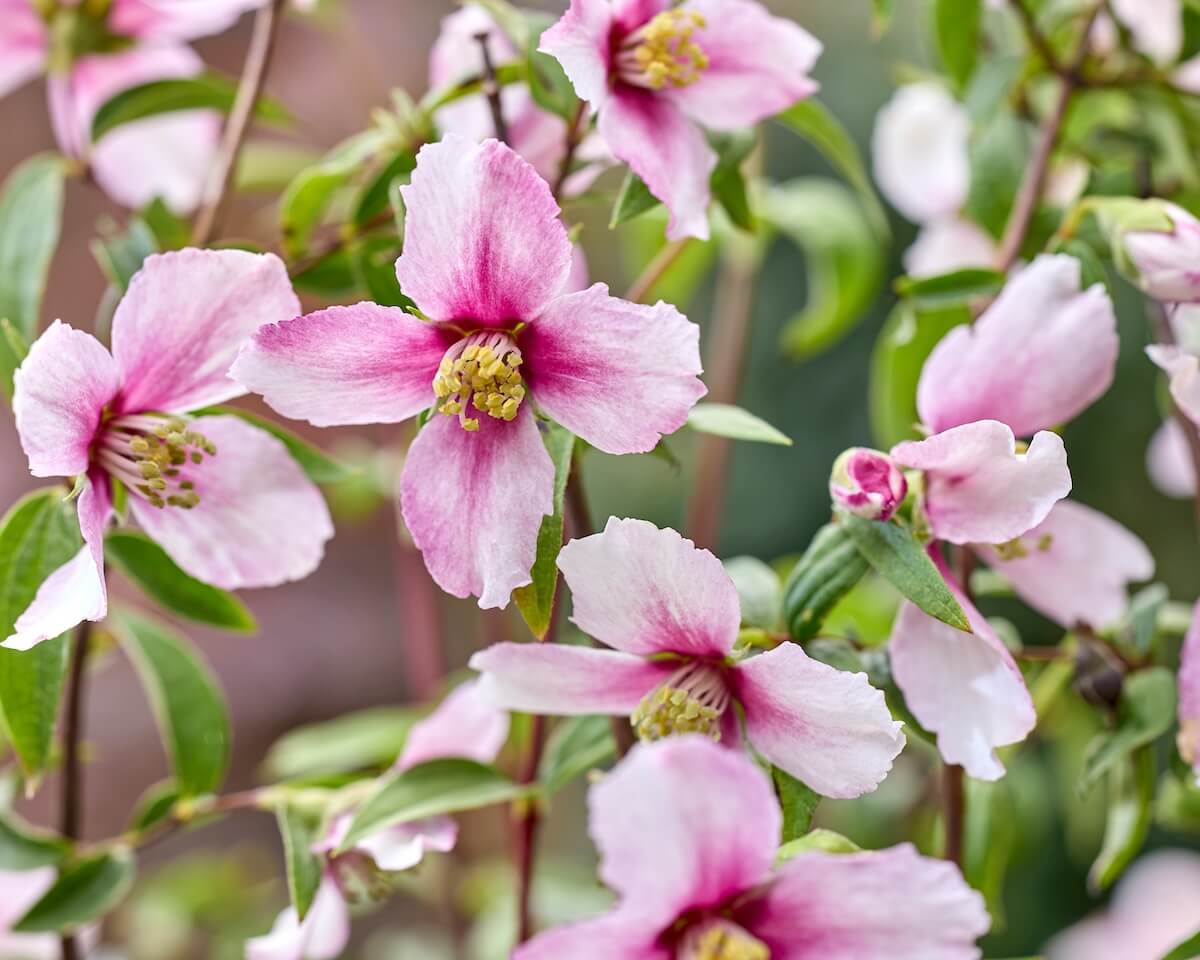
The Benefits of Shrubs
Shrubs are versatile and essential components of any garden, offering many benefits that make them invaluable. These plants are highly regarded for their adaptability to diverse climates and soil conditions, making them an excellent choice for gardeners seeking reliable, low-maintenance plants. Once established, many shrubs are drought-tolerant and can thrive with minimal watering, which helps conserve water and reduce garden upkeep.
Beyond their practicality, shrubs provide year-round visual appeal. During spring and summer, they grace gardens with lush foliage and vibrant blooms that add depth and colour to the landscape. As autumn approaches, many shrubs transform, showcasing an array of warm hues, including gold, crimson, and orange, which add seasonal interest. Their evergreen varieties or striking branch structures offer form and texture in winter, creating captivating contrasts with bare winter landscapes.
Shrubs also play a crucial role in supporting local wildlife. They provide nesting sites and shelter for birds and small mammals, while their flowers attract pollinators such as bees and butterflies. The diverse habitats that shrubs provide help promote biodiversity within your garden, making it a vibrant ecosystem teeming with life.
Shrubs also offer valuable functional benefits in garden design. They can be used to define boundaries, create natural screens for privacy, or act as windbreaks in exposed areas. Their varied heights and forms make them ideal for layering in mixed borders, framing focal points, or softening hard landscaping features such as fences and walls. With careful selection, shrubs can also be trained as formal hedges or shaped into topiary, bringing structure and elegance to the overall garden composition. Whether you’re aiming for a cottage garden feel or a more contemporary design, shrubs provide both beauty and practicality in equal measure.
From Darren’s Patch
Shrubs have always been my absolute favourites in the garden. They bring a sense of structure and rhythm that holds everything together, even when the rest of the garden is between seasons. Whether it’s the lush, leafy backdrop in summer or the sculptural form of bare branches against a winter sky, they offer something special all year round. I rely on them to frame borders, soften fences, and draw the eye through different areas of the garden. Some shrubs I’ve planted purely for their fragrance, others for their wildlife value, and quite a few just because they look beautiful in autumn light! What I love most is their versatility–there’s a shrub for every space, soil, and style. If you’re just starting or looking to refresh a tired corner, shrubs are a brilliant place to begin. You won’t regret giving them pride of place.
![]()
Explore Popular Varieties
In this section, we will explore a selection of popular shrub varieties that can enhance both the aesthetic and ecological value of your garden. Whether you aim to create dramatic visual impacts with bold, large shrubs or prefer the subtle beauty of smaller, flowering varieties, there is a shrub to suit every landscaping need.
Larger shrubs, such as Hydrangeas and Lilacs, make stunning focal points, offering beautiful blooms and lush coverage that is perfect for privacy screens. Medium-sized shrubs, such as Spireas and Azaleas, are ideal for borders, providing bursts of colour and rich texture. Smaller shrubs, including Box and Lavender, serve as excellent choices for edging or topiary, bringing formality and order to garden spaces.
For year-round interest, consider evergreen shrubs like Hollies or Rhododendrons that maintain their foliage throughout the seasons, ensuring continuous greenery. Deciduous shrubs, such as Forsythias and Dogwoods, bring dynamic seasonal changes, offering blossoms in spring and striking foliage or berries in autumn and winter.
By selecting various versatile plants, you can design a visually stunning garden that supports local wildlife. Explore these popular shrub varieties and discover their potential to transform your garden into a dynamic and thriving natural oasis!
To see the RHS article on shrubs, please click here
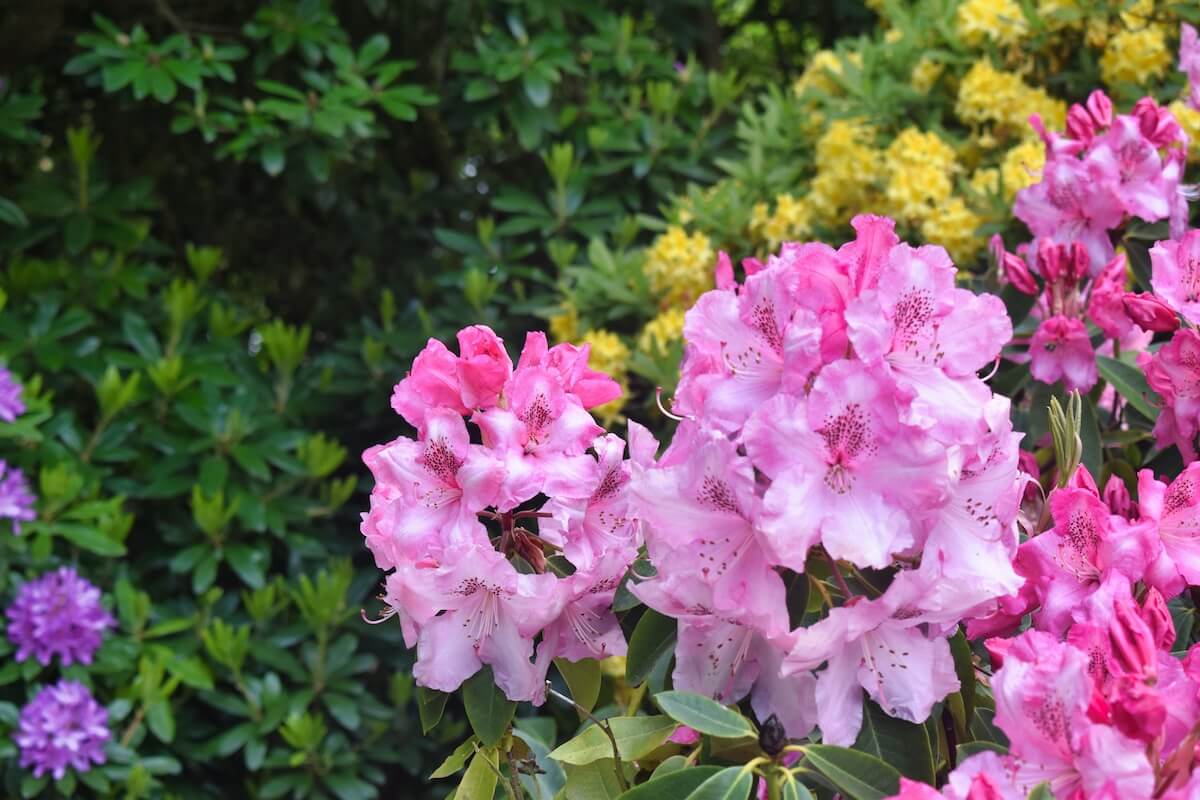
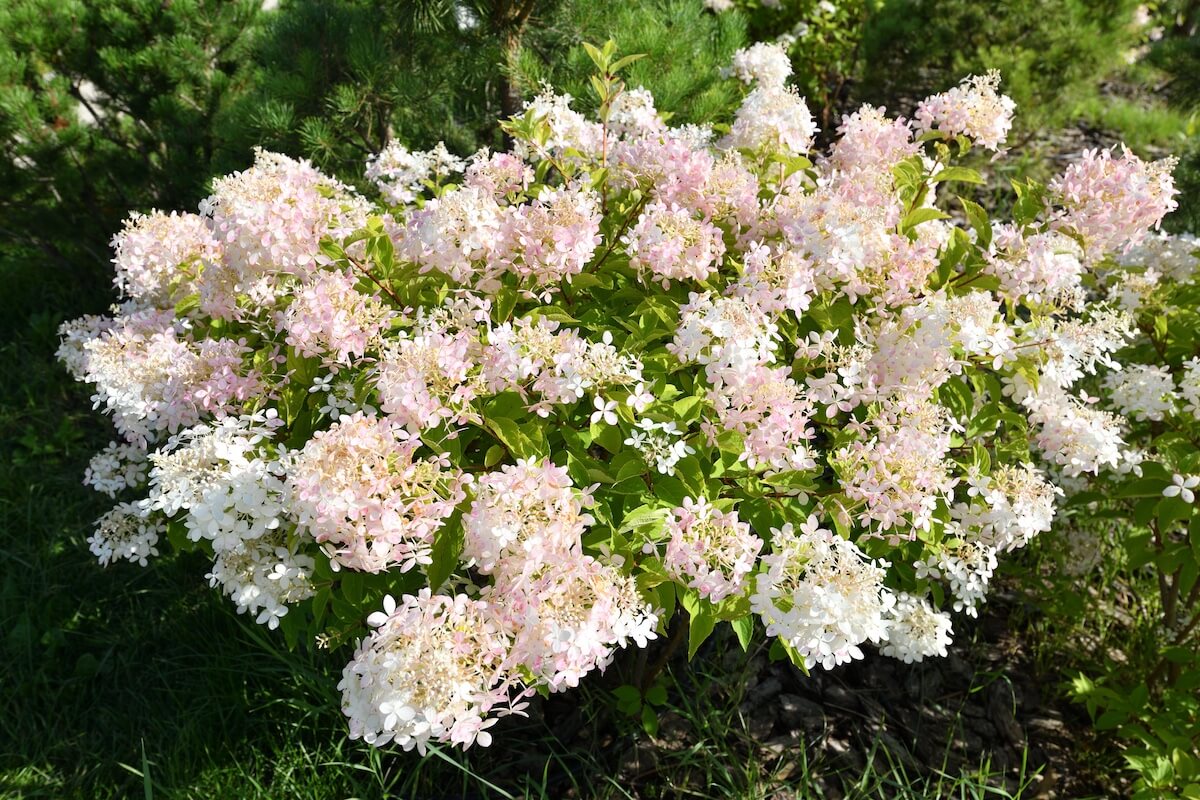
Abelia Edward Goucher
In this guide, we’ll take a closer look at the gorgeous Abelia genus, with a special spotlight on one of its most charming and widely...
Abelia Kaleidoscope
If you’re looking for a plant that delivers colour, structure, and cheer every season without demanding constant attention, Abelia Kaleidoscope might be your new garden...
Abelia x grandiflora
Abelia x grandiflora, or glossy abelia, is a dependable and delightfully ornamental shrub that deserves a prominent place in more UK gardens. Its softly arching...
Acacia dealbata – Mimosa
Acacia dealbata, commonly known as the silver wattle or mimosa, is a truly eye-catching shrub or small tree that brings striking structure and year-round interest...
Acer palmatum Aureum
Bright, uplifting, and full of seasonal drama, Acer palmatum Aureum, often called the golden Japanese maple, lights up borders and patios alike. This article shows you why...
Acer palmatum Dissectum
Few ornamental trees offer the graceful structure, fiery foliage, and year-round interest of Acer palmatum Dissectum. This finely cut-leaved form of the Japanese maple adds...
Acer palmatum Dissectum Garnet
Looking to brighten up your garden with striking foliage and graceful form? The Acer palmatum Dissectum Garnet is a beautiful choice. This finely cut Japanese maple...
Acer palmatum Inaba Shidare
Acer palmatum, or Japanese maple, is a favourite among UK gardeners—and none more so than the elegant, cascading cultivar ‘Inaba Shidare’. With its deep purple,...
Acer palmatum Osakazuki
If you’re searching for a small tree that delivers vivid colour and graceful beauty, the Acer palmatum Osakazuki Japanese maple could be your perfect match....
Acer Palmatum Seiryu
Acer palmatum Seiryu, a striking cultivar of the Japanese maple, offers gardeners a unique blend of form, colour, and texture. Known for its finely cut,...
Acer Palmatum Tsuma Gaki
If you’re a gardening enthusiast with a fondness for elegant trees, Acer palmatum Tsuma Gaki, also known as the red fingernails Japanese maple, offers something...
Acer shirasawanum Aureum
If you’re seeking a standout shrub or small tree to elevate your garden with long-lasting colour and form, the Acer shirasawanum Aureum is a superb choice....
Acer shirasawanum Palmatifolium
The Acer shirasawanum Palmatifolium, also known as the full moon or palmatifolium full moon maple, offers stunning, rounded foliage and a gentle presence. Its lime-green...
Amelanchier canadensis
Amelanchier canadensis, also known as Snowy Mespilus, Juneberry, Shadbush, or Serviceberry, is a delightful shrub that brings year-round interest to your garden. This plant is...
Amelanchier lamarckii
Amelanchier lamarckii, commonly known as Juneberry or Snowy Mespilus, is a truly eye-catching shrub that brings beauty and charm to gardens of all sizes. This...

